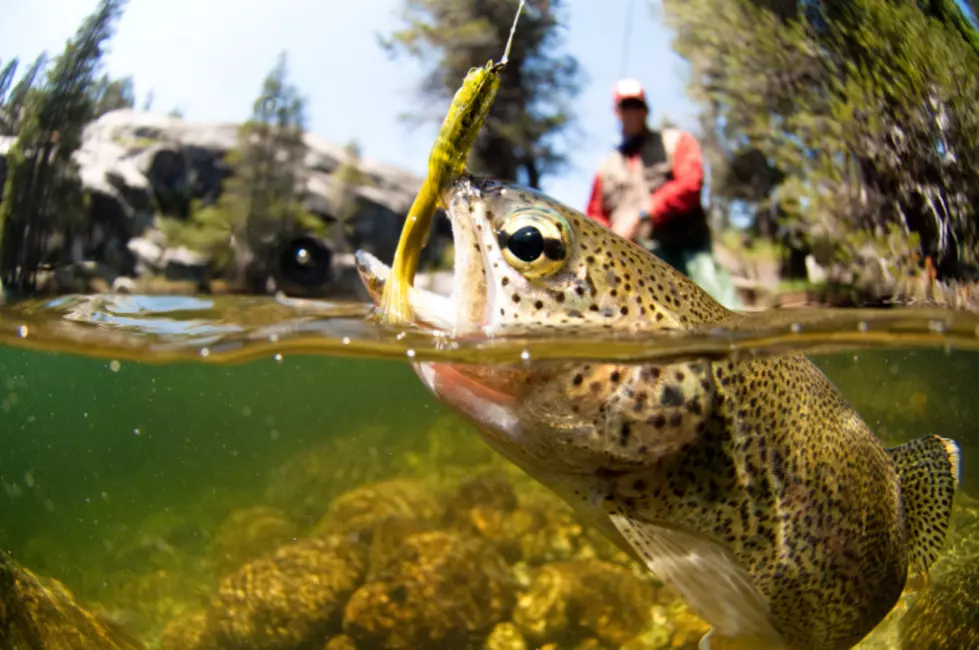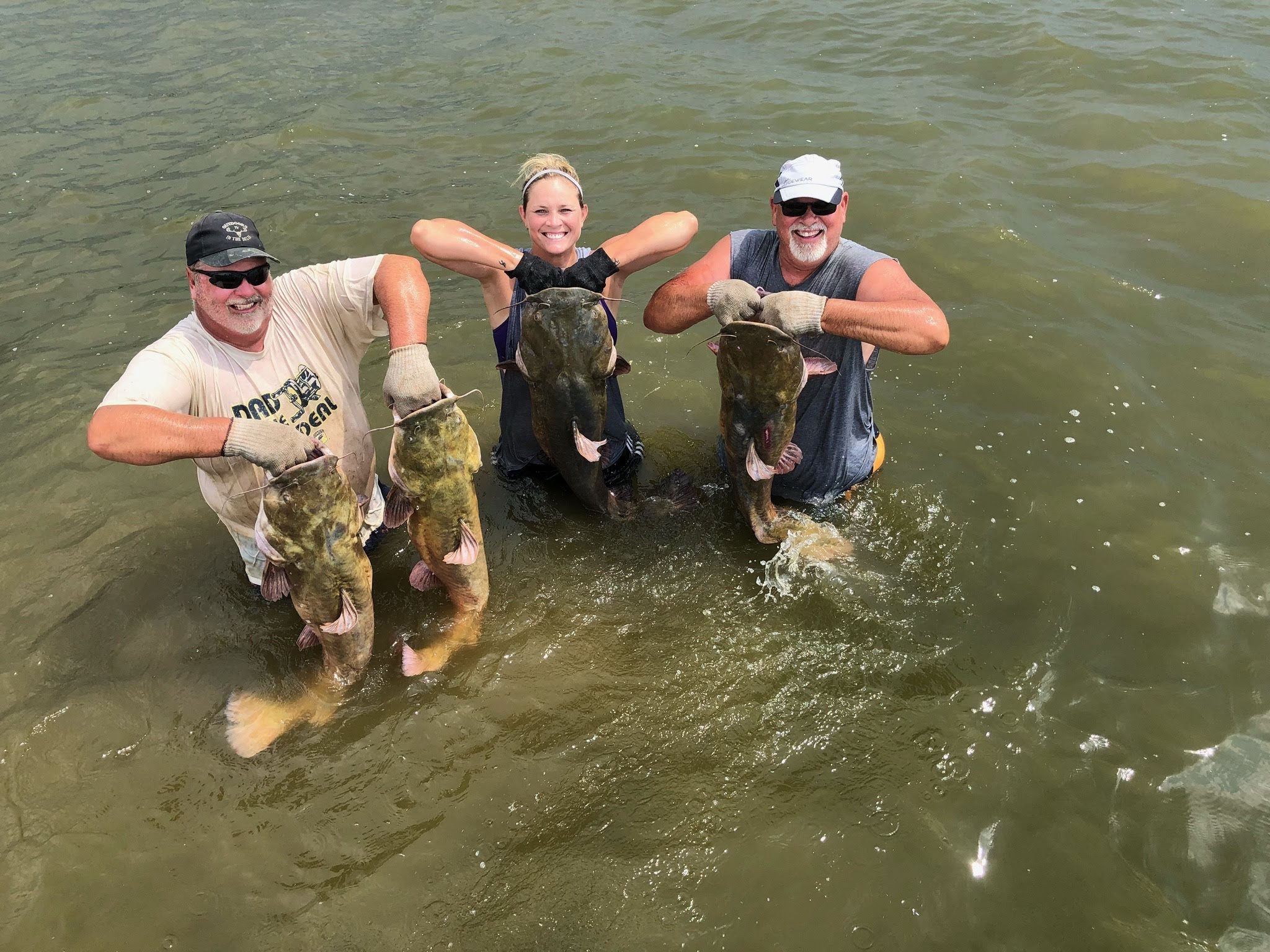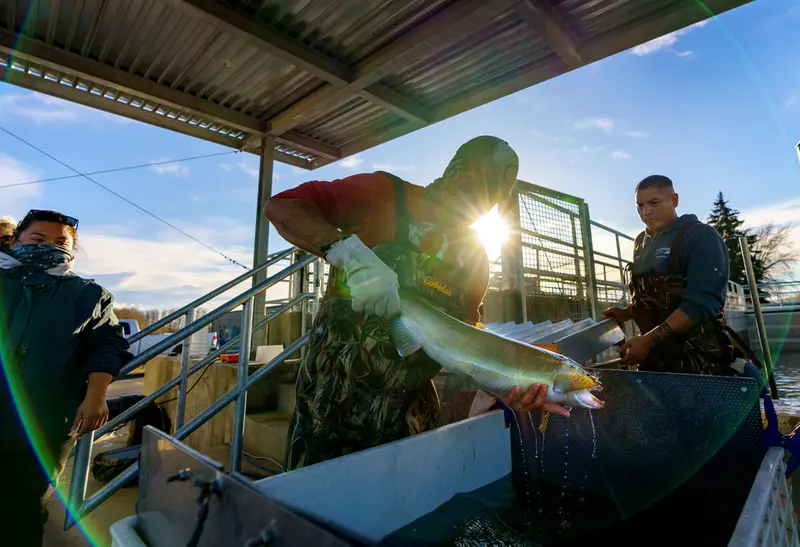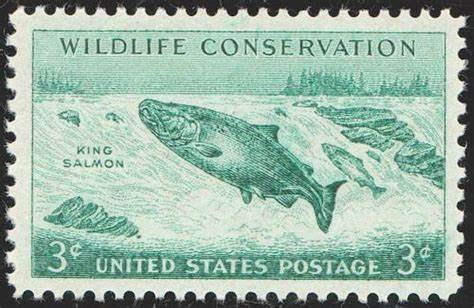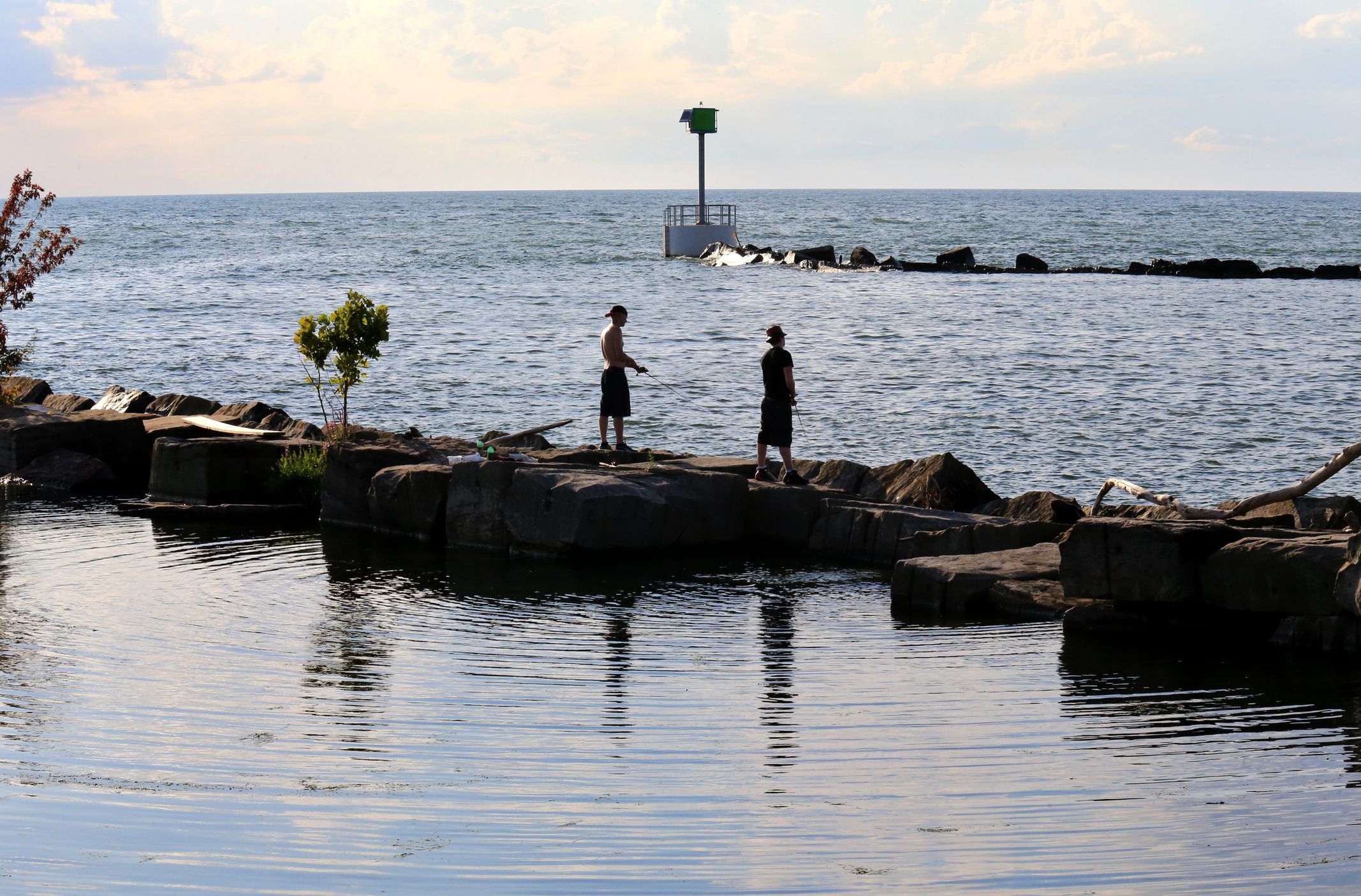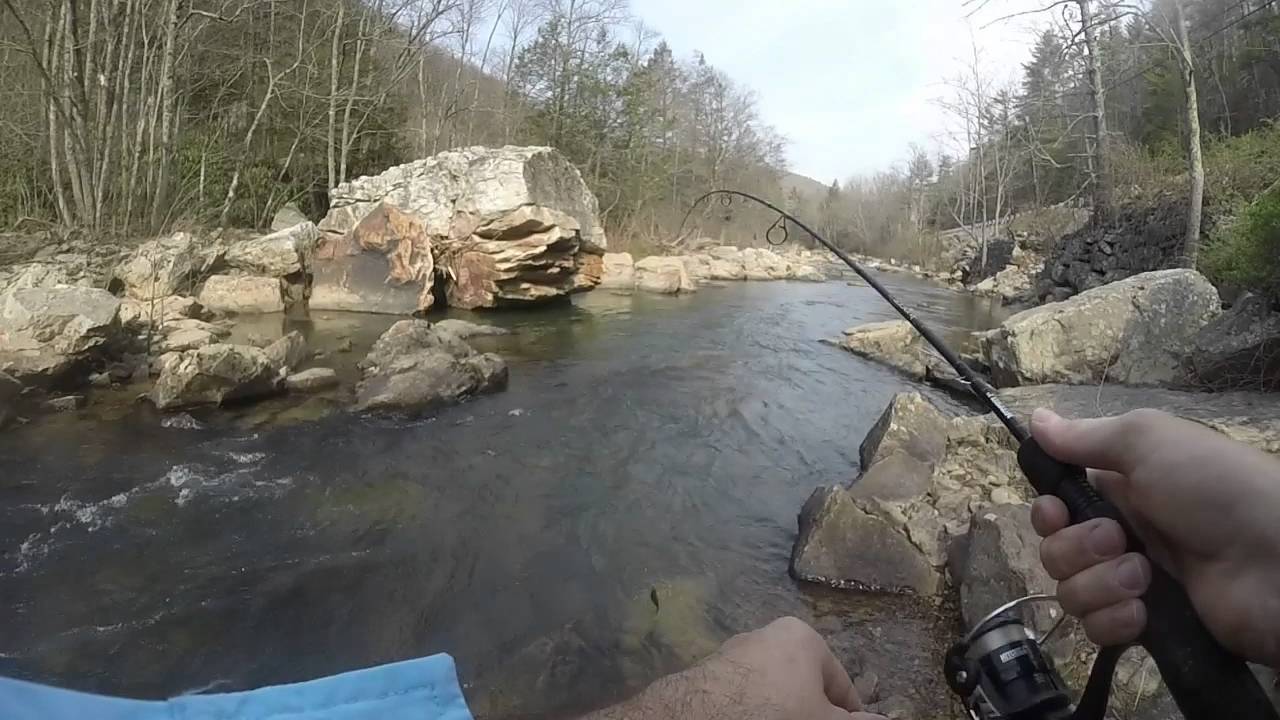Connecticut offers exceptional fishing opportunities throughout the year, with diverse freshwater and saltwater species available across its lakes, rivers, and coastal waters. Whether you’re targeting trophy striped bass in Long Island Sound or pursuing trout in the Farmington River, understanding the seasonal patterns and regulatory requirements is essential for a successful angling experience. This comprehensive guide covers everything you need to know about Connecticut’s prime fishing seasons, species availability, and license requirements for 2025.
Fishing License Requirements
Before heading to Connecticut’s waters, anglers must understand the licensing requirements that apply to different fishing activities and locations.
Who Needs a Fishing License
In Connecticut, anyone age 16 or older requires a fishing license to fish in both inland and marine waters. This requirement applies whether fishing from shore or a boat. Licenses are valid for the calendar year and expire on December 31.
Types of Fishing Licenses
Connecticut offers several license options to match different angling preferences:
| License Type | Best For | Resident Cost (Ages 18-64) | Non-Resident Cost |
|---|---|---|---|
| All Waters | Anglers who fish both fresh and saltwater | $32.00 | $63.00 |
| Inland Only | Freshwater anglers | $28.00 | $55.00 |
| Marine Waters | Saltwater anglers | $10.00 | Not specified |
| 1-Day Marine | Short-term saltwater trips | $5.00 | Not specified |
Youth discounts: 50% reduction for residents ages 16-17
Trout & Salmon Stamp ($5.00) is additionally required for anglers who:
- Harvest trout or salmon
- Fish in designated Trout Management Areas, Wild Trout Management Areas, Trout Parks, or Atlantic Salmon Management Areas
License Exemptions
The following groups are exempt from Connecticut fishing license requirements:
- CT residents age 65 and older (eligible for free inland/marine licenses)
- Legally blind individuals
- Persons with certain disabilities, including loss of limb
- Active duty military members
Where to Purchase
Licenses can be obtained through multiple channels:
- Online through the Connecticut DEEP website
- Town halls
- DEEP field offices
- Retail shops selling fishing equipment
For complete license information, visit US Fishing Licenses Connecticut page for up-to-date requirements and options.
Prime Fishing Seasons by Species
Connecticut’s diverse fishery offers year-round opportunities with distinct peak seasons for different species. The following calendars provide a comprehensive overview of when to target specific fish.
Saltwater Species Calendar
Below is a month-by-month guide to Connecticut’s saltwater fishing quality:
| Species | Jan | Feb | Mar | Apr | May | Jun | Jul | Aug | Sep | Oct | Nov | Dec |
|---|---|---|---|---|---|---|---|---|---|---|---|---|
| Striped Bass | Fair | Fair | Fair | Good | Great | Great | Great | Great | Great | Great | Good | Fair |
| Bluefish | Weak | Weak | Weak | Weak | Good | Good | Great | Great | Great | Great | Fair | Weak |
| Fluke | Closed | Closed | Closed | Closed | Good | Good | Great | Great | Great | Fair | Closed | Closed |
| Porgy | Closed | Closed | Closed | Closed | Closed | Good | Great | Great | Great | Great | Good | Good |
| Black Seabass | Closed | Closed | Closed | Closed | Good | Great | Great | Great | Great | Great | Good | Good |
| Tautog (Blackfish) | Closed | Closed | Closed | Great | Closed | Closed | Great | Great | Closed | Great | Great | Closed |
| False Albacore | Weak | Weak | Weak | Weak | Weak | Weak | Weak | Fair | Great | Great | Weak | Weak |
| Tuna | Weak | Weak | Weak | Weak | Weak | Fair | Great | Great | Great | Weak | Weak | Weak |
Data source: Fishing seasons in Connecticut guide for 2025
Freshwater Prime Seasons
While Connecticut offers year-round freshwater fishing opportunities, certain seasons stand out for specific species:
- Trout: Prime in early spring (March-May) after stocking and fall (September-November) when water temperatures cool
- Largemouth & Smallmouth Bass: Best during spring (April-June) pre-spawn and fall (September-October)
- Pike: Excellent in early spring and late fall
- Walleye: Prime during spring spawning runs and fall feeding periods
- Panfish (Crappie, Bluegill): Peak in late spring through summer
Monthly Fishing Highlights
January-February:
- Ice fishing season for Bass, Trout, Yellow Perch, and Pike in lakes like Candlewood, Highland, and Lake Zoar
- Limited saltwater options with some Cod bottom fishing available
March:
- Trout stocking begins in many waters
- Early Bass activity in lakes as ice thaws
- River conditions may be variable due to spring runoff
April:
- Spring fishing comes alive with Bass becoming aggressive during pre-spawn
- Excellent Trout fishing as water temperatures become ideal
- Striped Bass fishing improves in salt ponds and estuaries
- Tautog (Blackfish) season opens
May-June:
- Peak freshwater fishing with Bass, Crappie, Bluegill all active
- Trout fishing remains strong in rivers like Salmon, Farmington, and Housatonic
- Saltwater action explodes with Striped Bass, Fluke, and Seabass seasons
July-August:
- Summer patterns establish with Bass moving to deeper water
- Saltwater fishing at its peak with abundant Striped Bass, Bluefish, Fluke, Porgy, and Seabass
- Some offshore trips target Tuna species
September-October:
- Fall fishing patterns emerge as water cools
- Striped Bass migration creates excellent fishing opportunities
- False Albacore and Bonito appear in the sounds
- Freshwater species become more active again
November-December:
- Late-season saltwater opportunities for Striped Bass and Tautog
- Freshwater fishing for trout improves as water temperatures drop
- Preparation begins for ice fishing season
Species-Specific Regulations
Connecticut maintains specific regulations for each fish species to ensure sustainable fisheries. Below are the current regulations for popular species:
Saltwater Species Regulations
| Species | Minimum Length | Daily Limit | Open Season |
|---|---|---|---|
| Winter Flounder | 12 inches | 8 fish | Year-round |
| Summer Flounder (Fluke) | 17 inches | 6 fish | Year-round |
| Striped Bass | Not specified | 2 fish | Year-round |
| Bluefish | None | 10 fish | Year-round |
| Blackfish (Tautog) | 14 inches | 4 fish | Jan 1-Apr 30, Jun 15-Sep 7, Sep 22-Dec 13 |
| Scup (Porgy) | 10½ inches | 20 fish | Jul 23-Oct 12, Nov 1-Dec 31 |
| Black Sea Bass | 12 inches | 25 fish | Jan 1-Sep 7, Sep 22-Nov 30 |
Source: East Norwalk Blue fish regulation guide
Freshwater Regulations
While general statewide regulations exist, many Connecticut waters have specific rules. The following regulations apply to common freshwater species:
- Trout & Salmon: A Trout and Salmon Stamp ($5) is required to harvest these species or fish in designated management areas
- American Shad: 6 fish daily limit (aggregate with Hickory Shad), harvesting allowed only in Connecticut River system
- Bait Species: Various regulations apply to capturing and using bait fish, with certain species prohibited for use as bait
Note: Always check Connecticut DEEP’s current regulations before fishing as regulations may change throughout the season and vary by specific waterbody.
Top Fishing Locations
Connecticut offers diverse fishing opportunities in various environments. Here are some of the top locations by fishing type:
Freshwater Hotspots
- Candlewood Lake: Connecticut’s largest lake, renowned for Smallmouth and Largemouth Bass fishing
- Farmington River: Premier Trout fishing destination with several Trout Management Areas
- Housatonic River: Excellent for both Trout and holdover Striped Bass
- Lake Lillinonah: Top-rated Bass fishing, especially for trophy Largemouth
- Highland Lake: Quality fishing for multiple species including Trout and Bass
Saltwater Destinations
- Long Island Sound: Prime area for Striped Bass, Bluefish, and bottom fishing
- Thames River: Popular for Striped Bass, especially during spring and fall migrations
- Connecticut River: Supports important Striped Bass, Bass, Catfish, and Shad fisheries
- Fairfield and Stamford: Good starting points for saltwater fishing excursions
- Old Lyme and New London: Offer shorter rides to offshore fishing grounds
Current Fishing Conditions (Spring 2025)
As of late March 2025, Connecticut fishing conditions are rapidly improving with the arrival of spring:
- Freshwater: Largemouth and Smallmouth Bass are becoming increasingly active, taking moving baits and bottom presentations. Panfish like Perch and Crappie are being caught on micro plastics around structure.
- Trout: Consistent action in rivers, with regulations requiring catch-and-release until the second Saturday in April (April 12, 2025) except in certain designated areas. Insect hatches are beginning, creating good opportunities for fly fishing.
- Saltwater: Holdover Striped Bass activity is increasing with herring sightings in rivers. Spring Tautog season is approaching, giving anglers multiple options between fresh and saltwater.
Conservation and Management
Connecticut’s Department of Energy and Environmental Protection (DEEP) manages the state’s fisheries to ensure sustainable populations while providing quality fishing opportunities. Conservation efforts include:
- Regular stocking programs for Trout and other species
- Habitat restoration projects
- Special management areas to protect spawning grounds
- Regulation adjustments based on fish population assessments
These efforts have contributed to Connecticut’s fishing industry growth, which is expected to reach $29.5 million in 2025.
Conclusion
Connecticut offers exceptional fishing opportunities throughout the year, with prime seasons varying by species. Understanding the seasonal patterns, license requirements, and regulations will help you make the most of your fishing experience in the Constitution State.
Whether you’re pursuing trophy Striped Bass in Long Island Sound during summer, targeting Bass in Candlewood Lake in spring, or enjoying the tranquility of Trout fishing in the Farmington River, Connecticut’s diverse waters have something to offer every angler.
For the latest information on Connecticut fishing licenses, visit US Fishing Licenses Connecticut page and check the Connecticut DEEP website for current regulations and conditions before your fishing trip.

